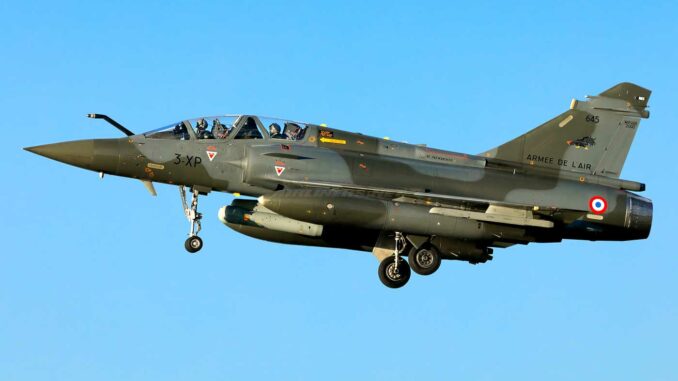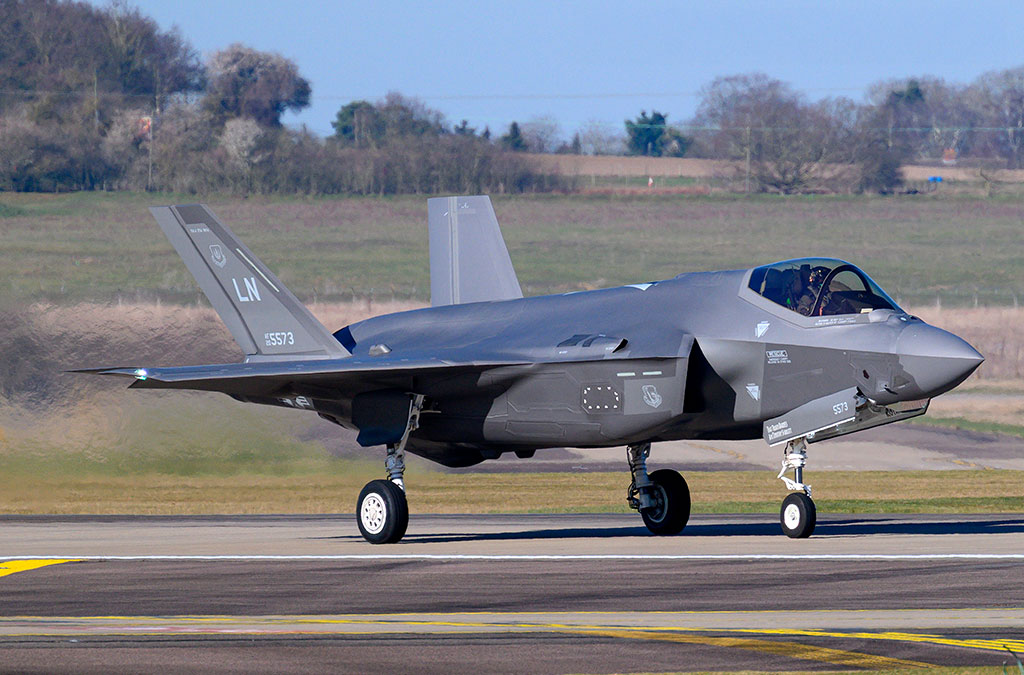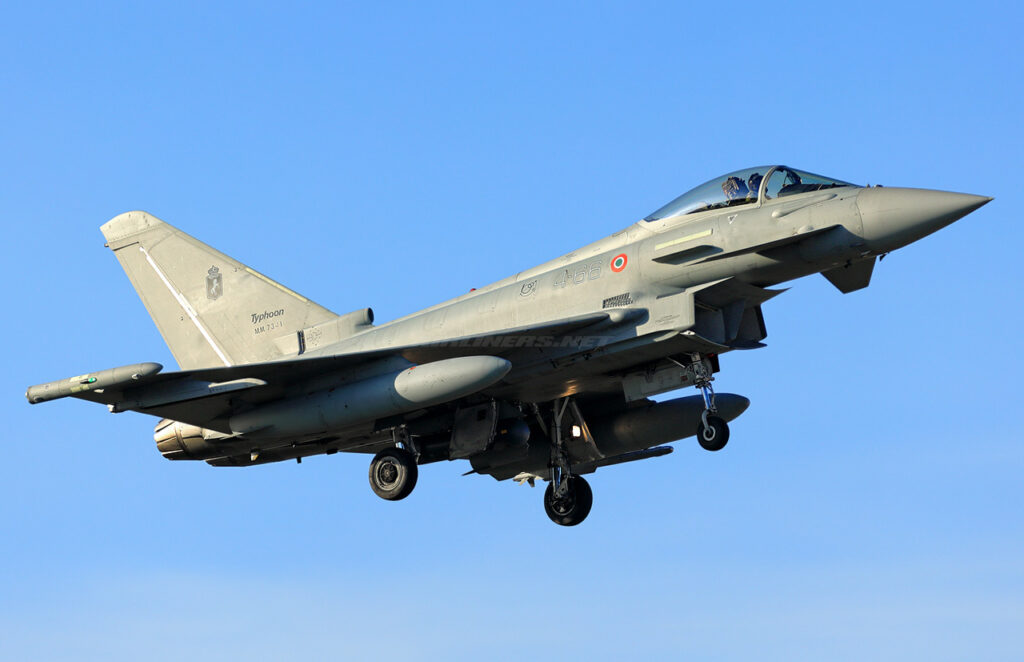
Understanding what exactly distinguishes a 4th generation fighter jet from a 5th generation jet: stealth, sensors, maneuverability, connectivity.
Since the 1970s, air forces around the world have classified combat aircraft according to technological generations. This segmentation is not official but serves as a reference in the defense industry to assess the operational capabilities of aircraft. The distinction between a fourth-generation fighter jet (such as the F-16, Mirage 2000 or Su-27) and a fifth-generation fighter jet (such as the F-22 Raptor, F-35 Lightning II or Chengdu J-20) is based on specific technical criteria. This evolution is not solely due to the addition of new features, but to a transformation in the approach to air combat: supremacy is no longer achieved solely through kinetic performance, but through information, electromagnetic discretion, and systemic integration. This article outlines, point by point, the structural, technological, and tactical differences between these two generations of combat aircraft.

A redesigned airframe for stealth
One of the fundamental differences between a fifth-generation fighter jet and its predecessors lies in the design of the airframe itself. While fourth-generation aircraft prioritize aerodynamics and flight performance, fifth-generation aircraft are designed around the concept of active and passive stealth.
Design and materials
A 5th generation aircraft such as the F-22 Raptor has a surface optimized to reflect a minimum of radar waves. The radar cross section (RCS) is thus reduced to approximately 0.0001 m², compared to 1 to 3 m² for a Rafale or F/A-18 Super Hornet. This gain is achieved through angular shapes, internal weapon integration, and the use of absorbent composite materials.
The air intakes, slanted vertical stabilizers, flat nozzles on the F-22, and internal bomb bay doors on the F-35 all contribute to this reduced signature. By comparison, a Su-27 Flanker has an RCS greater than 10 m², making it easily detectable by modern radar.
Integration of sensors and weapons
Another key point is that the weapons of a 5th generation aircraft are usually integrated into the fuselage. This avoids external pylons, which increase radar drag. For example, the F-35 can carry up to two 900 kg bombs or four air-to-air missiles internally, while a Mirage 2000 carries them under its wings.
This configuration involves trade-offs: loss of external carry capacity in stealth mode, internal weight overload, and more complex maintenance. On the other hand, it allows the aircraft to penetrate deep into defended airspace without being detected.
An architecture focused on data fusion
Sensor fusion is another major difference between the two generations. Whereas 4th generation aircraft receive information in a compartmentalized manner (radar, IRST, electronic warfare), 5th generation aircraft have a centralized sensor management system.
Multi-source fusion and software architecture
On an F-35 Lightning II, the DAS (Distributed Aperture System) compiles data from six infrared sensors, combines it with AESA radar returns, IFF identification and passive sources, and then transcribes it into a single coherent tactical image, which is transmitted to the pilot via a head-up display in the HMDS (Helmet Mounted Display System).
An aircraft such as the Rafale, although advanced, does not achieve this level of automatic integration. The pilot must still manually correlate data from its RBE2-AA radar, OSF IRST, and SPECTRA electronic warfare sensors. This requires more attention and increases the cognitive load.
Real-time data sharing
The F-35 is also designed to operate in a network via the MADL (Multifunction Advanced Data Link) system, which allows tactical data to be shared between multiple aircraft without going through traditional radio relays. This facilitates the coordination of a patrol without revealing its position.
In contrast, 4th generation aircraft still use Link 16 or analog links. These communications are less secure, detectable, and slower. The superiority of a 5th generation aircraft in an information-centric war is therefore clear.
Engine optimization for maneuverability and stealth
Engine technology is another technological frontier. While 4th generation aircraft can reach comparable speeds, the engines of 5th generation aircraft introduce new capabilities that are essential for modern combat.
Thrust vectoring and supercruise
The F-22 Raptor is capable of supercruise at Mach 1.5 (approximately 1,850 km/h) without afterburners, while the F-16 and Mirage 2000 require energy-intensive afterburners to exceed Mach 1.
This capability reduces infrared signature and increases range. It also offers a significant tactical advantage in rapid interception and stealth penetration.
Vector thrust, available on the F119-PW-100 engines of the F-22, allows the jet stream to be directed to perform maneuvers that are impossible for a conventional aircraft. The Su-35, a 4th generation++ aircraft, has this capability, but without the other systemic advantages of the 5th generation.
Reduced thermal signature
The engine architecture is also designed to reduce thermal emissions. On a 5th generation aircraft, the nozzle is designed to cool the gas flow and mix it with the ambient air, making detection by infrared sensors more difficult. This constraint is secondary on an F/A-18 or a Typhoon.

A completely transformed operational logic
Beyond the equipment, it is the doctrine of use that is evolving with 5th generation aircraft. The aircraft is becoming a mobile command platform, equipped with multi-role analysis, coordination and strike capabilities in contested environments.
Information superiority and network warfare
The F-35 in combat is not just a fighter. It maps enemy radars, coordinates cruise missile strikes, transmits target positions to 4th generation fighters in the rear, and guides drones. It acts as a force multiplier.
A Rafale or F-15 can perform some of these missions, but without the digital “native” environment of 5th generation aircraft. Their architectures date back to the 1980s and 1990s, although they have been modernized.
Acquisition cost and current limitations
Price remains a barrier: an F-35A costs around $85 million, excluding maintenance. Added to this are training, infrastructure, and software update costs. In comparison, a Gripen E costs around $60 million, with lower operating costs.
Finally, not all countries need the advanced capabilities of a fifth-generation aircraft. In asymmetric conflicts or areas with low air defense density, fourth-generation aircraft remain highly relevant from an economic and tactical standpoint.
War Wings Daily is an independant magazine.